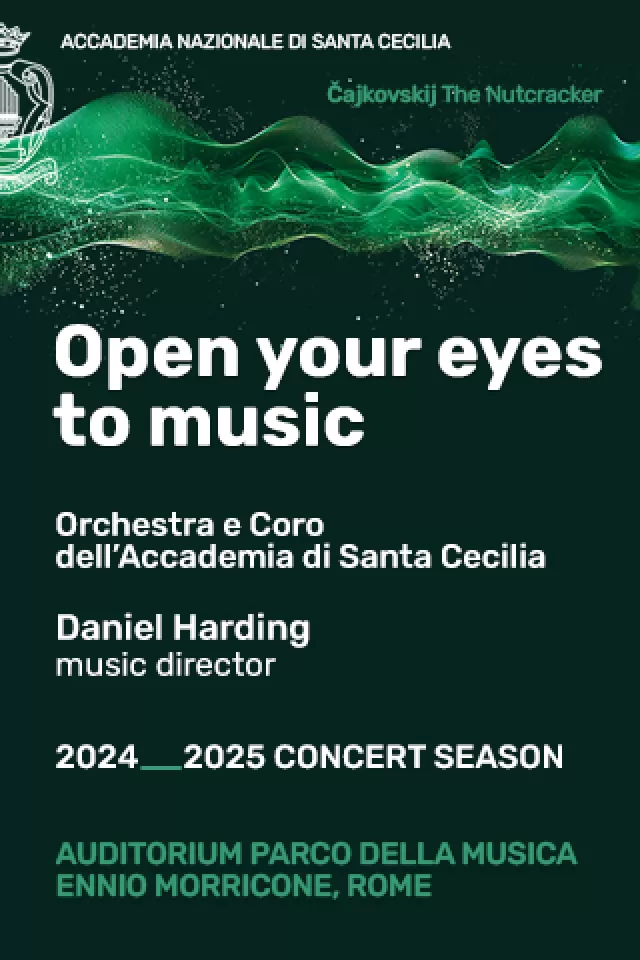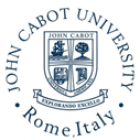While the city of Rome and the Vatican last year celebrated the 500th anniversary of Michelangelo’s completion of the Sistine Chapel frescos, a New York State resident is also celebrating Michelangelo and the approaching authentication of a rare 470-year-old painting the owner stored under his couch. Italian scholars in several disciplines have compiled a catalogue of scientific evidence supporting Martin Kober from Buffalo, NY, and his claim that his 63x48cm wooden panel is an original Michelangelo.
A recent book, La Pietà di Ragusa, Storia e Restauro published by Gangemi Editore, provides 100 pages of scientific evidence proposing Kober’s painting is an exceptional original Michelangelo. The scientific catalogue compiles several chapters detailing the year-long examination of Kober’s painting by physicists, chemists, art historians and restorers.
Last year when the painting was brought from the United States for the exhibition “The Renaissance in Rome: The Inspiration of Michelangelo and Raphael”, organised by the Fondazione Roma, it was examined and cleaned of a complex stratification of overlaid materials. The exhibition at Palazzo Sciarra displayed more than 170 works, and Kober’s painting was given a prominent display accompanied by a documentary video featuring the owner alongside a team of restorers, deftly cleaning hundreds of years of damage and discolouration caused by previous shoddy restorations performed long before it belonged to the Kober family. Thanks to the careful work of the Istituto Superiore per la Conservazione ed il Restauro, a branch of Italy’s ministry of culture, radiography and reflectography tests were performed on the painting, allowing experts to discover the unique preparatory under-layers.
The restoration was entrusted to one of Italy’s most esteemed art conservators, Lorenza D’Alessandro. She has a private studio in the Rome countryside, but due to the fame of the piece she was a guest at the more secure National Gallery of Art at Palazzo Barberini. With equipment supplied by ENEA, the Agenzia nazionale per le nuove tecnologie, she used x-ray fluorescence, reflectography, and radiography analysis to discover under-layers in the painting that she believes suggest Michelangelo’s intended brush strokes, pigments, advanced technique and drawings.
The most significant discovery from the scientific examination is that from the dendrochronologist. By examining tree rings on the spruce panel, a wood scientist from Lazio’s Tuscia University determined the date of the panel, concluding that it was cut in the early decades of the 16th century and no later than 1525. D’Alessandro claims the type of wood also suggests the painting is by Michelangelo because it is a very high quality, single piece of red spruce wood found in northern Italy.
The catalogue also discusses the recent discovery of an identical copy of Kober’s painting that surfaced from a private collection, the owners of which are now claiming their painting is the original Michelangelo. The experts who examined Kober’s painting have attributed this copy instead to another Italian Renaissance painter, Giulio Romano. Rather than being made of one piece of solid wood like Kober’s panel, the copy was made on three different pieces. According to D’Alessandro, it is a reasonable hypothesis for a copy of a painting to be made in three separate pieces in order to obtain the same size as the original, in this case Kober’s painting.
The painting depicts the motif of the Pietà featuring the Virgin Mary with the fallen Jesus in her lap and flanked by two muscular angels. It is believed to have been completed around 1545 and presented as a gift by Michelangelo to his dear friend, the Roman noblewoman Vittoria Colonna. The painting was then passed from Colonna to an English cardinal, and eventually to the archbishop of Ragusa, now in Croatia. It was sold to a noble family in Croatia who married into a noble German family, who passed it on from one German baroness to another. In 1883 the painting was willed from a German baroness to her lady-in-waiting, the sister-in-law of Kober’s great-great-grandfather, and was then sent to the United States.
The painting has been in the Kober family for about 120 years, but it was only in the past five years that it got such serious attention thanks to Antonio Forcellino, a highly-respected Italian historian, writer and art restorer, who agreed to meet Kober and examine the wood panel in 2008. Forcellino is responsible for restoring Michelangelo’s famous statue of Moses for the tomb of Pope Julius II in the church of S. Pietro in Vincoli. Forcellino is also the author of several books on Michelangelo, the most recent being his story about the Pietà painting, La Pietà Perduta.
All the scientific evidence in the recent catalog supports a trail of enigmatic documents of wax seals and hand-written thank-you letters collected by Kober, some of which were recently discovered in the Apostolic Vatican Library archives by Forcellino. A combination of the documentary and scientific evidence makes a strong case that the Kober’s Pieta painting really is by Michelangelo.
According to Forcellino, the most important evidence that suggests authorship by Michelangelo is the tempera technique. Michelangelo’s biographer Giorgio Vasari reported that Michelangelo hated the new oil technique most common in the mid-16th century and preferred working with tempera (emulsion of water and pure egg yolk) which is the technique found on Kober’s panel. The preparatory base is also unique and is comprised of gypsum glue and a protein primer that is identical to Michelangelo’s painting of the Holy Family (also referred to as Doni Tondo) on display in Florence’s Uffizi Gallery.
Kober hopes that forensics can also help him, claiming that a 470-year-old finger print found on his wood panel – in what must have been wet paint –matches another finger print found during the 2004 restoration of the Pauline Chapel in the Vatican, which was frescoed by Michelangelo between 1538 and 1540.
Theresa Potenza
From 9 January 2013 edition Wanted in Rome


















